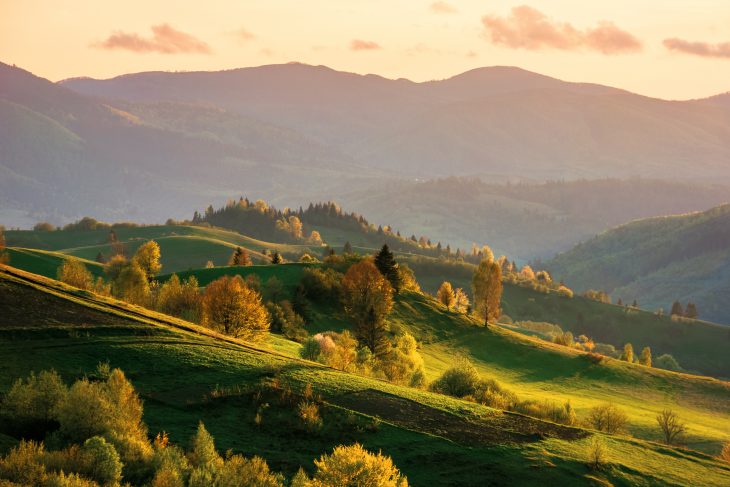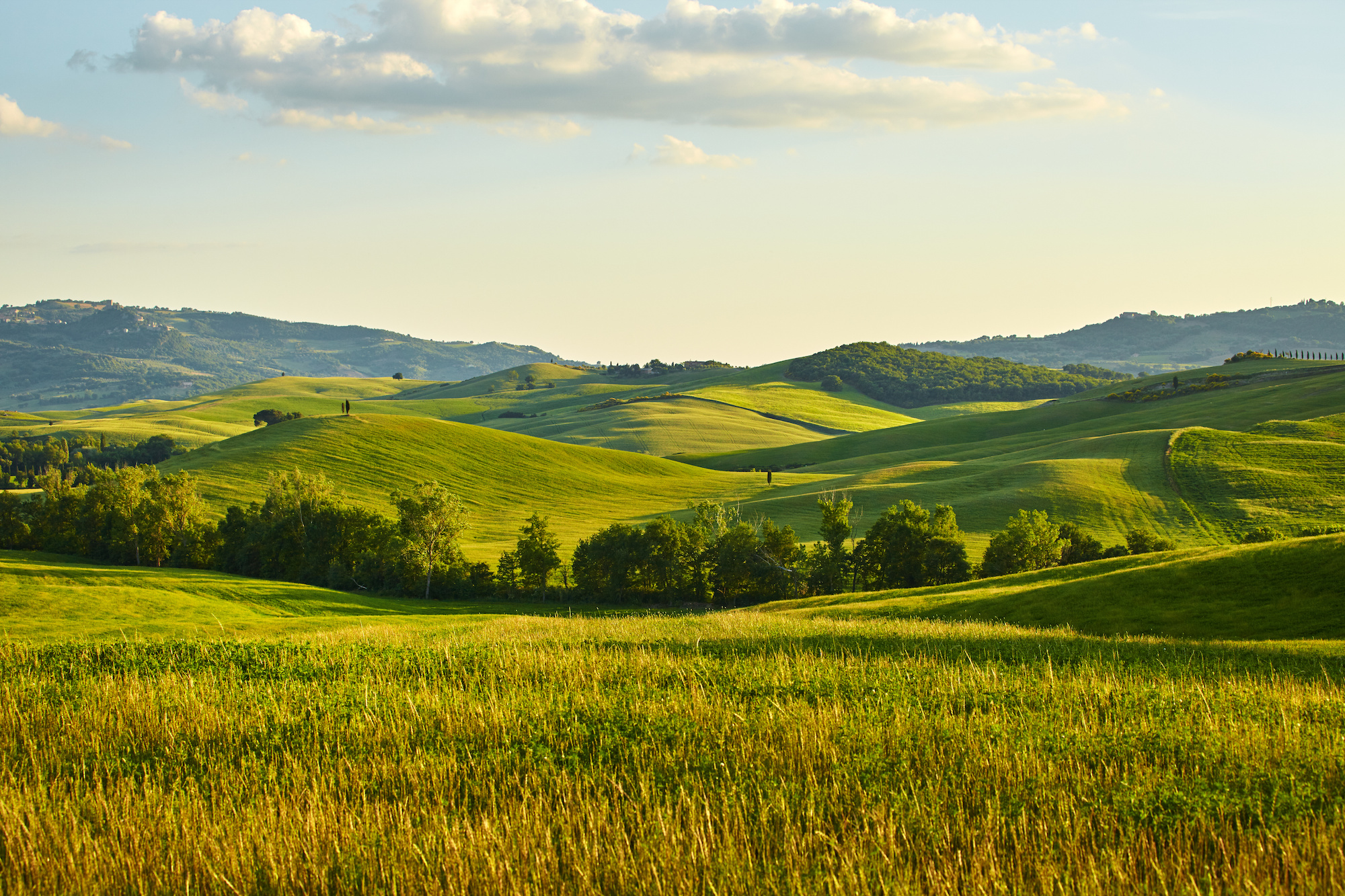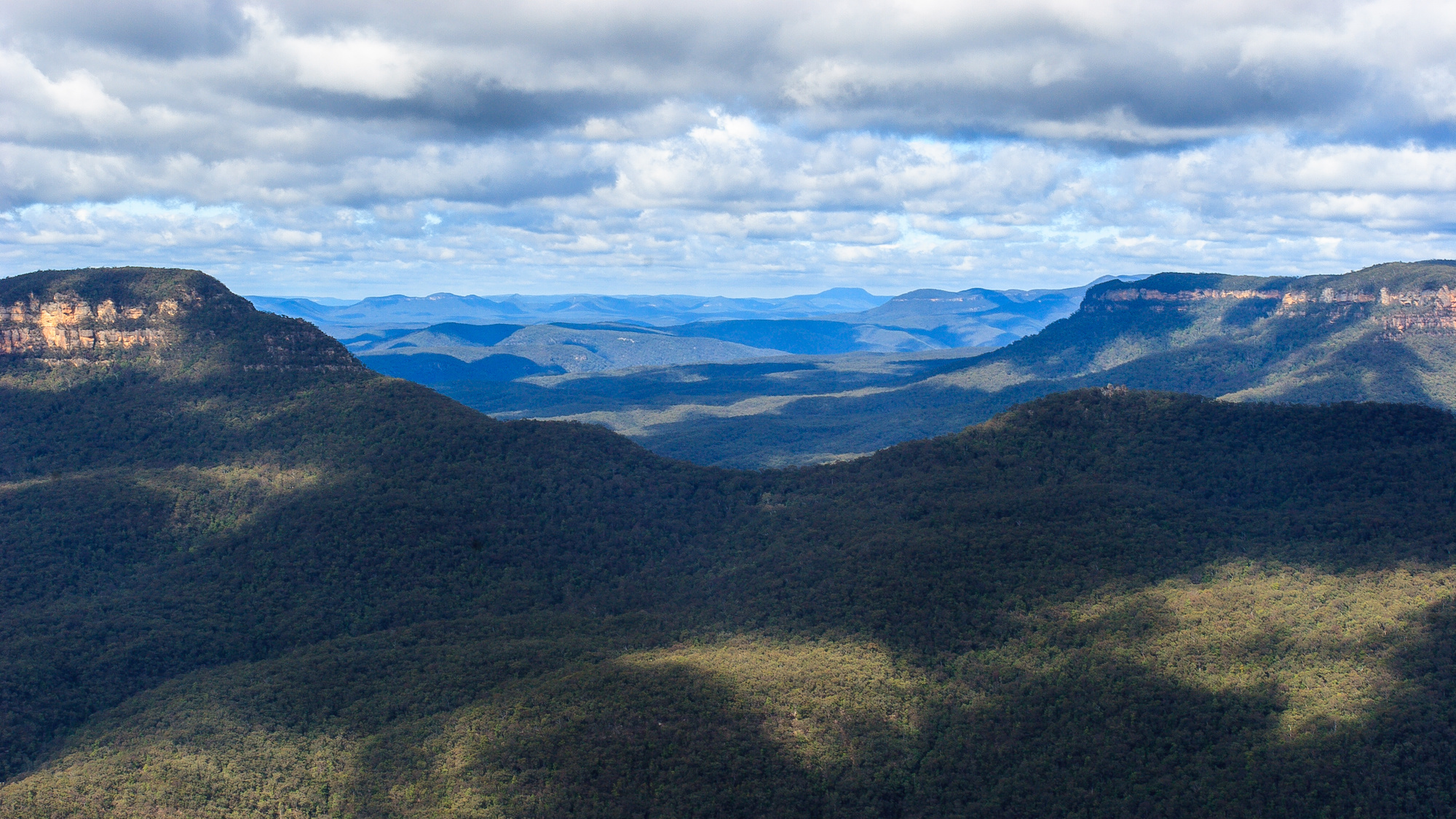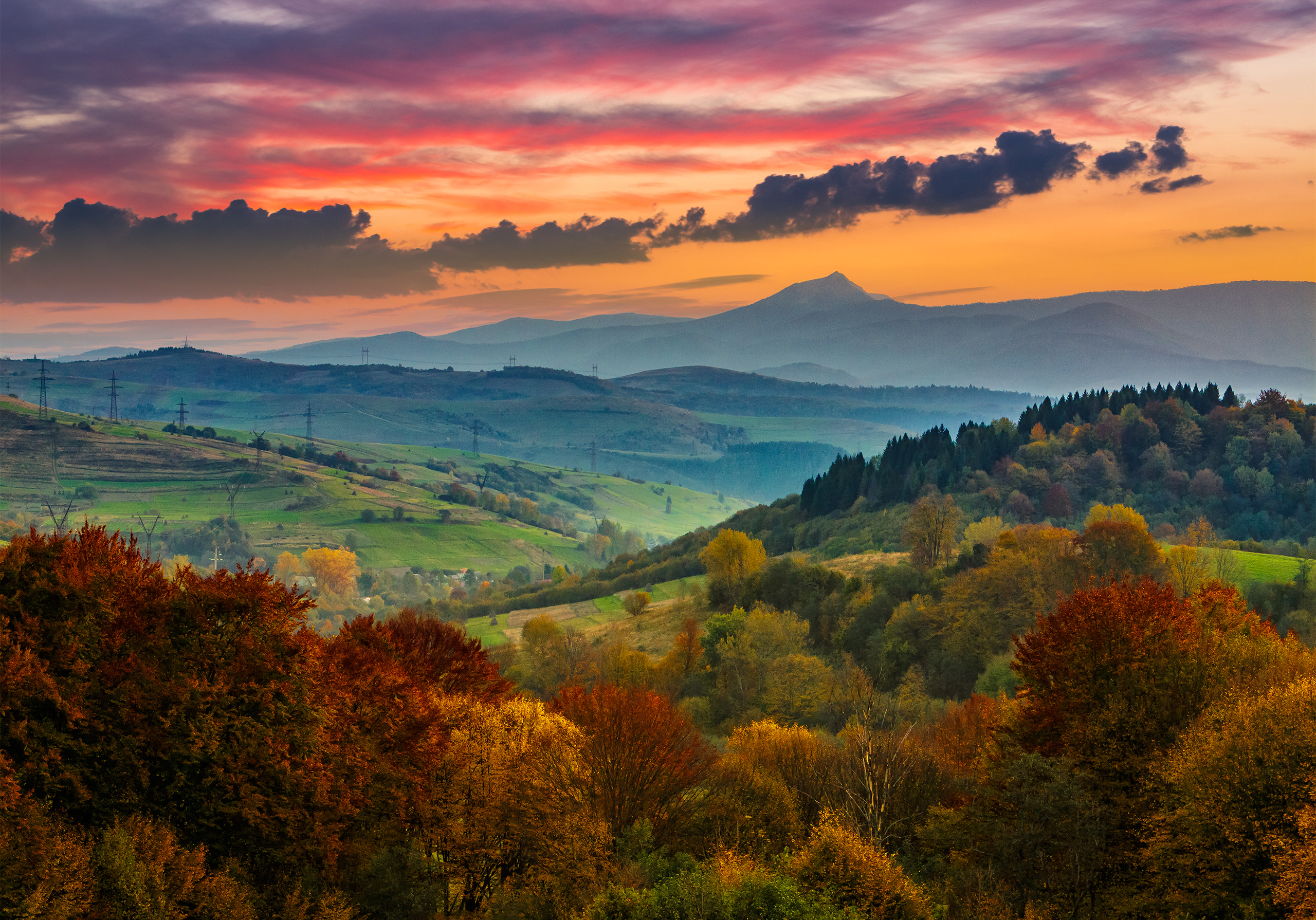
Hills are more than just picturesque additions to the landscape. These majestic landforms possess a rich tapestry of geological wonders, historical significance, and cultural value. In this article, we will explore 15 fascinating facts about hills that will deepen your appreciation for these captivating natural wonders.
Hills, Nature’s Gentle Giants
Hills, characterized by their gentle slopes and rounded summits, are landforms that rise above the surrounding areas but are smaller than mountains. They are a common sight around the world, adding beauty and diversity to the landscape.
The Dynamic Formation Process
Hills are formed through various geological processes. Some arise from tectonic activity, while others are the result of erosion and weathering over thousands or even millions of years. The forces of nature shape the contours and features of hills, creating unique and mesmerizing landscapes.
Mountains vs. Hills
Although mountains and hills share similarities, they differ in terms of height and steepness. While mountains usually have steep slopes and towering peaks, hills are typically lower in elevation and have gentler inclines, making them more accessible for exploration.
Hills Around the World
Hills can be found on every continent and in numerous countries. From the rolling green hills of Scotland’s Highlands to the awe-inspiring peaks of the Himalayas, these natural wonders grace our planet in various forms, each with its distinct allure.
Ecosystem Diversity
Hills are often home to diverse ecosystems due to the varied microclimates created by their slopes and orientations. This biodiversity provides habitats for a wide range of flora and fauna, making hills not only visually stunning but also important for maintaining ecological balance.

Cultural Significance
Throughout history, hills have held great cultural and spiritual importance for many societies. They have served as sites for religious ceremonies, ancient fortifications, and even artistic inspiration. Hills often bear the traces of human history, telling stories of civilizations long past.
Hill Walking and Hiking
Hills offer excellent opportunities for outdoor activities such as hill walking and hiking. With their moderate inclines and scenic vistas, they attract adventurers and nature enthusiasts seeking to immerse themselves in the beauty of the natural world.
The Hill as a Metaphor
Metaphorically, hills symbolize challenges and obstacles that one must overcome. Climbing a hill is seen as a metaphor for personal growth, resilience, and the journey towards success. Just as hills inspire awe, they also inspire us to overcome difficulties in our lives.
Famous Hill Ranges
Numerous famous hill ranges capture the imagination and beckon explorers. The Alps in Europe, the Appalachian Mountains in North America, and the Blue Mountains in Australia are a few examples of iconic hill ranges celebrated for their beauty and allure.

Hillside Agriculture
The slopes of hills have been utilized for agriculture throughout history. Terraced farming, a technique developed by ancient civilizations, allows cultivation on the steep slopes of hills, optimizing land use and preventing soil erosion.
Geological Time Capsules
Hills hold valuable geological information within their layers. Through careful examination, scientists can unravel the Earth’s history, studying rock formations, fossils, and other geological features that provide insights into the planet’s past climates, ecosystems, and tectonic activities.
Hill Resorts and Tourism
Hills often serve as popular tourist destinations, offering scenic beauty, adventure activities, and serene retreats. Hill resorts attract visitors with their pleasant climates, lush landscapes, and breathtaking panoramas, providing a refreshing escape from urban life.
Hilltop Monuments and Landmarks
Many hills boast prominent monuments and landmarks, captivating the imagination and attracting visitors from far and wide. From ancient hilltop castles to iconic statues and observatories, these landmarks provide a glimpse into history and offer unparalleled views of the surrounding landscapes.
Hill-Induced Microclimates
Hills influence the local climate by creating microclimates. As air moves over the slopes, it can cool, leading to variations in temperature, precipitation, and vegetation. These microclimates contribute to the ecological diversity found on hillsides.
The Majesty of Sunset on a Hill
One of the most enchanting experiences one can have is witnessing a sunset from the summit of a hill. As the sun descends below the horizon, the landscape is bathed in a warm, golden glow, casting long shadows and painting the sky in hues of red, orange, and purple. It is a sight that evokes awe and tranquility.

Conclusion
In conclusion, hills are more than mere geographic features; they embody the beauty, history, and ecological importance of our natural world. These 15 facts have illuminated the captivating aspects of hills, their formation, cultural significance, and the incredible experiences they offer. So, next time you encounter a hill, pause to appreciate its splendor and contemplate the wonders it holds.
Frequently Asked Questions (FAQs)
What is the difference between a hill and a mountain?
Hills are smaller in size and have gentler slopes compared to mountains. Mountains typically have steeper inclines and higher elevations.
How are hills formed?
Hills can form through tectonic activity, erosion, and weathering over long periods. The forces of nature shape the contours and features of hills, resulting in their unique characteristics.
Do hills have any ecological significance?
Yes, hills support diverse ecosystems due to the varied microclimates created by their slopes and orientations. They provide habitats for a wide range of plant and animal species, contributing to overall biodiversity.
Can hills be found on every continent?
Yes, hills can be found on every continent. From the rolling green hills of Europe to the rugged ranges of Asia and the Americas, hills grace the landscapes across the globe.
Are there any famous hill ranges?
Yes, there are numerous famous hill ranges worldwide. Some examples include the Himalayas, the Andes, the Rocky Mountains, and the Alps, each with its own unique charm and allure.
Was this page helpful?
Our commitment to delivering trustworthy and engaging content is at the heart of what we do. Each fact on our site is contributed by real users like you, bringing a wealth of diverse insights and information. To ensure the highest standards of accuracy and reliability, our dedicated editors meticulously review each submission. This process guarantees that the facts we share are not only fascinating but also credible. Trust in our commitment to quality and authenticity as you explore and learn with us.


